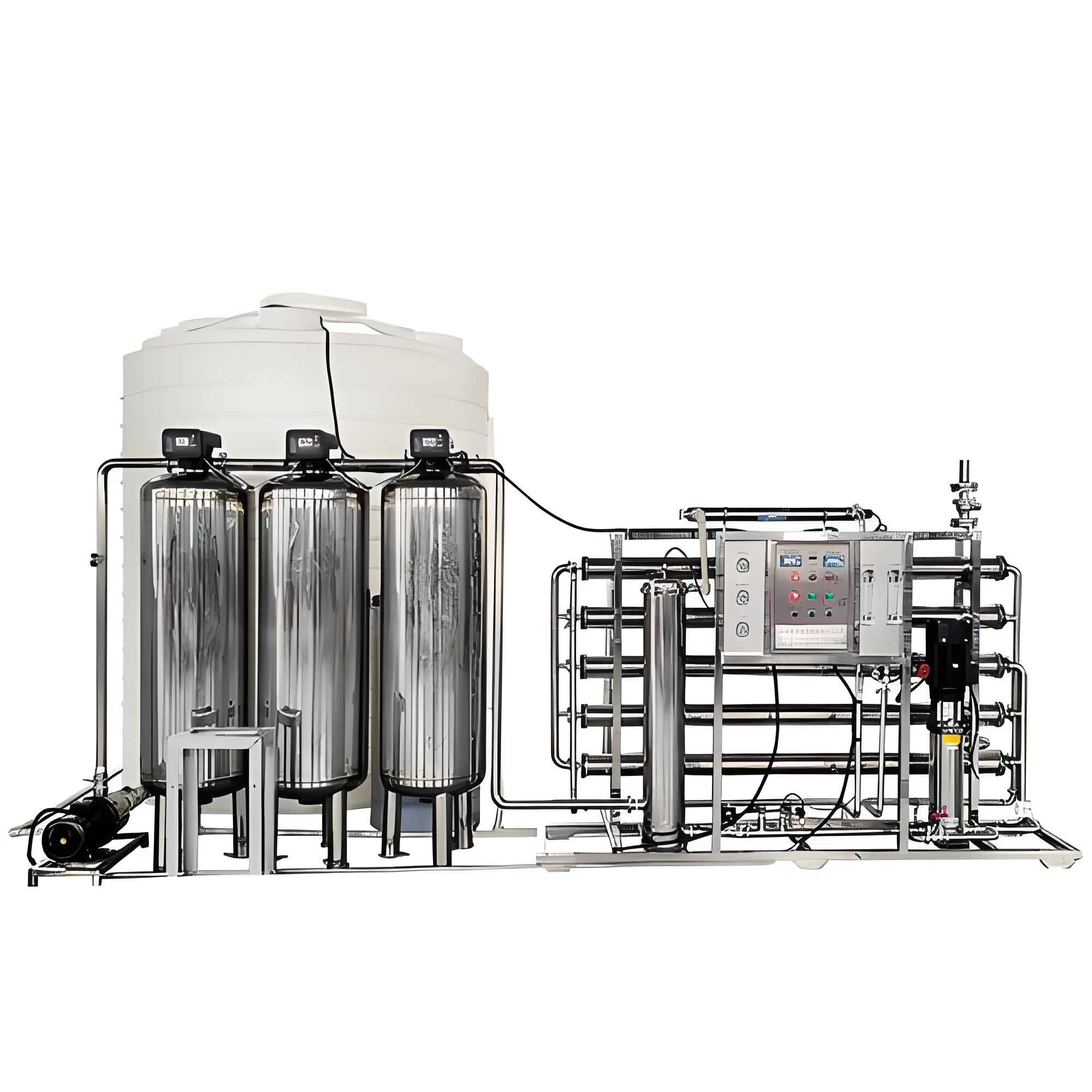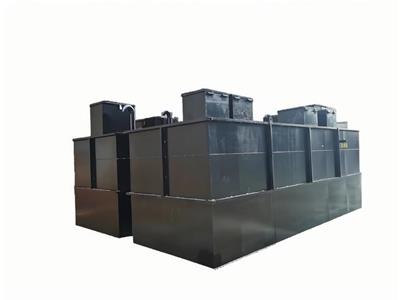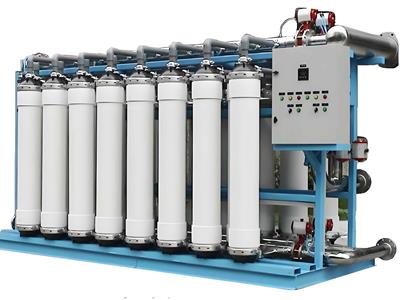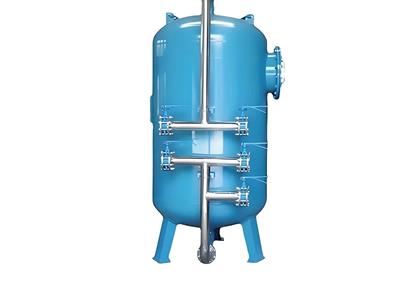- 2025-07-14
Deionized water
Deionized Water Systems
Deionization is performed when pure water needs to be dispensed immediately. Since extremely high purity degrades quickly, it is critical to perform deionization when the water is about to be used.
Deionization systems work by replacing the positive and negative molecules in water with hydrogen molecules (positively charged) and hydroxyl molecules (negatively charged). In fact, by removing organic matter through filtration, water quality can be improved and scale deposits can be prevented. As a result, deionized water is one of the most popular water treatment options in factories and manufacturing facilities.
Easy-to-use deionized water solution:
The system is simple to install and can be carried with you to where it is needed
Removes minerals through ion exchange, preventing water spots, and no polishing is required
Allows filter bypass, thereby extending the life of the filter
FupengWater is a leading deionization solution provider. Our deionized water systems are rugged and durable, with prefabricated, preassembled standardized units to minimize expensive installation and startup costs. Our carefully designed deionized water systems are designed to maximize the efficiency and repeatability of the equipment in maintenance and regeneration modes.
Deionization or Ion Exchange Process
In water purification, ion exchange is a rapid and reversible process whereby impurity ions in the water are replaced by ions released by ion exchange resins. The impurity ions are absorbed by the resin, which must be regenerated periodically to return to its original ionic form. (Anions are atoms or groups of atoms that carry an electrical charge. Positively charged ions are called cations and are usually metals; negatively charged ions are called anions and are usually non-metals).
The following ions are widely present in raw water:
Cations:
Anions:
Calcium (Ca2+)
Chloride (Cl-)
Magnesium (Mg2+)
Bicarbonate (HCO3-)
Sodium (Na+)
Nitrate (NO3-)
Potassium (K+)
Carbonate (CO3-)
Iron (Fe2+)
Sulfate (SO4-)
Ion Exchange Resins
There are two basic types of resins: cation exchange resins and anion exchange resins. Cation exchange resins release hydroxide (H+) ions or other positively charged ions in exchange for impurity cations present in the water. Anion exchange resins release hydroxyl (OH-) ions or other negatively charged ions in exchange for impurity anions present in the water.
Application of ion exchange in water treatment and purification:
There are three ways in which ion exchange technology is used in water treatment and purification: First, cation exchange resins are used alone to soften water through base exchange; second, anion exchange resins are used alone to remove organic matter or nitrates from water; third, a combination of cation exchange resins and anion exchange resins can remove almost all ionic impurities from the feed water, a process called deionization. The deionizer purification process produces extremely high-quality water.
How water deionization works
Many laboratory and industrial applications require high-purity water that is essentially free of ionic contaminants. This quality of water can be produced by a deionized water system. The two most common types of deionization are:
Twin bed deionization
Mixed bed deionization
Twin bed deionization
Twin bed deionizers consist of two vessels: one vessel contains hydrogen-type (H+) cation exchange resins and the other vessel contains hydroxyl-type (OH-) anion exchange resins. The water flows through the cation column, where all cations are exchanged for hydrogen ions. To maintain the electrical balance of the water, one hydrogen ion is exchanged for each monovalent cation (e.g., Na+), and two hydrogen ions are exchanged for each divalent cation (e.g., Ca2+ or Mg2+). The same principle applies to anion exchange. The decationized water then flows through the anion column. Here, all negatively charged ions are exchanged for hydroxide ions, which then combine with hydrogen ions to form water (H2O).
Mixed Bed Deionization
In a mixed bed deionizer, cation exchange resins and anion exchange resins are intimately mixed and contained in a single pressure vessel. Because the cation and anion exchangers are thoroughly mixed in the same column, a mixed bed deionizer is equivalent to a series of twin bed deionizers. Therefore, the water quality produced by a mixed bed deionizer is significantly higher than that of a twin bed deionizer.
While a mixed bed water treatment plant is more efficient at purifying incoming water, it is more sensitive to impurities in the water supply and has a more complex regeneration process. Mixed bed deionizers are often used to "polish" water to a higher purity after it has been initially treated in a twin bed deionizer or reverse osmosis unit.
Electrodeionization
Electrodeionization systems are often used in conjunction with reverse osmosis (RO) and other purification equipment to remove ions from a water stream. Our high quality deionization modules can produce up to 18.2MW/cm of ultrapure water on a continuous basis. EDI can be operated either continuously or intermittently.
Applications for Deionized Water Systems
Manufacturing plants can efficiently generate ultrapure water by removing unwanted impurities using deionized water systems.
Other benefits of deionized water treatment include:
Cooling and oiling machines and other applications
Manufacturing of pharmaceuticals, cosmetics and processed foods
Used as a final rinse in car washes
Laboratory testing
Power plants
Boiler feed water
Why is water deionization important?
A deionized water system determines the chemistry of the process it is added to. Deionizers are favored for their superior ability to provide deionized water when needed. This feature is critical as the purity of purified water can quickly degrade.






